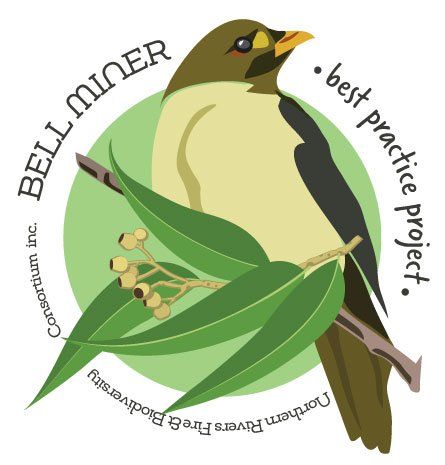Develop and Implement your Work Plan
When developing your work plan, it is important to consider what the management goal is for each site and the interventions required to achieve that goal. Convert the goals you set in our
Setting Priorities page into SMART goals (i.e. goals that are specific, measurable, achievable, realistic and time-bound). They are a useful foundation for a work plan. They provide an approach that provides a benchmark for success, a scaffold for monitoring and a means to demonstrate progress.
To get the best outcome for BMAD management, your overall aim is to reinstate a healthy forest structure with intact canopy cover, structural complexity (Vegetation of different age and heights) and natural floristic diversity (native plant variety).
1.
Looking at your goals, identify what success looks like and how you can measure it
For each management zone, define what success will look like and how it can be measured using reliable indicators. These could include mid-storey vegetation cover, presence/absence of bell miners, diversity of other bird species or tree crown heath.
Keep it simple, your time is precious.
2.
Identify interventions for each site, the resources required and their timing.
Having looked at what interventions are possible, decide on those you are planning to implement, what resources you need and the timing of those works. If working with neighbours develop a shared plan with consistent activities and timing and where you can share resources. The table below shows and example of how you can document your plan.

3.
Establish monitoring sites across your work areas
Set up your monitoring and collect baseline data before you commence any management works. This will give you something to compare your progress against. Monitoring is also useful for reporting against any grants you might receive to help with your BMAD management project. More information about monitoring is available in the next step.
4.
Implement the management actions
Get into it! Start your management interventions. Keep detailed records of what you've done this is important to get a clear picture to inform the next set of interventions. Document the type of work, timing, progress and success of interventions, including primary and follow-up weed control, prescribed burning and planting.
5.
Monitor after your works
Monitor the forest after the initial interventions, and use the results of the monitoring to inform the next set of interventions.
The next step provides information about how to monitor the progress of your BMAD management interventions
Northern Rivers Fire & Biodiversity Consortium inc.
This project is supported by North Coast Local Land Services, through funding from the
Australian Government’s National Landcare Program and the NSW Department of Planning, Industry and Environment
through funding from the Saving Our Species Program.
